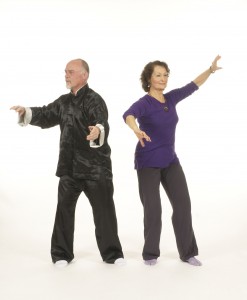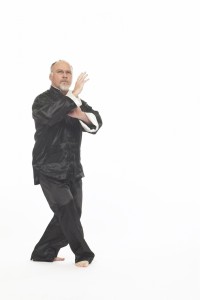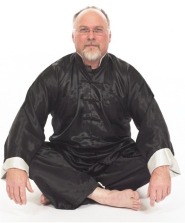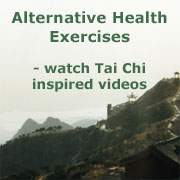 Covering exercises, spiralling movement, qigong, meditation, Tai Chi principles and Alexander principles.
Covering exercises, spiralling movement, qigong, meditation, Tai Chi principles and Alexander principles.
The seminar will be run by myself and the excellent Judy Hammond – so participants can expect to be engaged in a fascinating mix of meditation and movement, creating inner body awareness and developing a practical and spiritual mind/body link of considerable strength.
Qigong is a basic training method of Tai Chi coupled with body spiralling, also found everywhere in the movement of dance and the natural world. Principles of Alexander Technique posture and relaxation aid in achieving good balance and relaxed easy movement – developed by Tai Chi practitioners into a way of creating powerful body centred action.
Venue: The Letchworth Centre for Healthy Living
Rosehill Hospital, Hitchin Road, Letchworth, Hertfordshire, SG6 3NA
Cost: £45 per seminar for bookings up to 1 week before the seminar. £55 after
To book contact The Letchworth Centre for Healthy Living on 01462 678804
Please wear suitable loose clothing and flat soled trainers or similar









